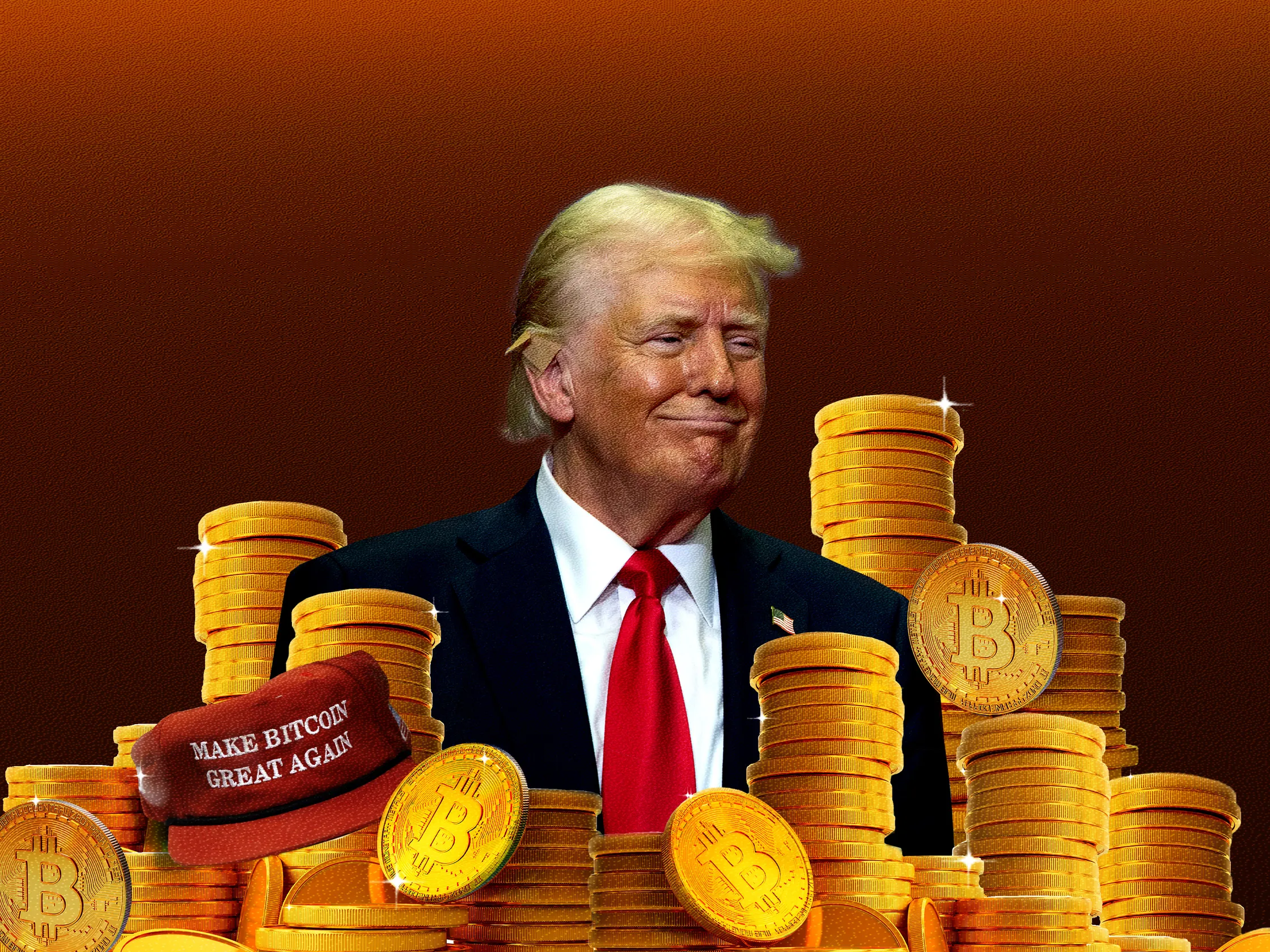BlackRock’s Bitcoin explainer video has reignited the debate surrounding Bitcoin’s 21 million supply cap, sparking concerns about the potential for changes to this core feature. While the disclaimer in BlackRock’s video highlights this possibility, it is critical to examine whether such a change is realistically feasible and what it would mean for the Bitcoin ecosystem.

Can Bitcoin’s Supply Cap Be Changed?
Theoretically, Bitcoin’s supply cap can be altered, but it would require a hard fork—a fundamental change to Bitcoin’s protocol that splits the blockchain into two.
A hard fork is a significant change to a blockchain protocol that renders previously valid blocks and transactions invalid (or vice versa). It involves modifying the network’s consensus rules, such as block size, transaction format, or—as in this case—a core principle like Bitcoin’s 21 million supply cap. A hard fork splits the blockchain into two versions:
- The Original Chain: Continues to operate under the existing rules.
- The New Chain: Operates under the updated rules.
Participants in the network, such as miners and node operators, must decide whether to adopt the new rules or stay with the original chain. Without widespread agreement, the fork results in two separate cryptocurrencies, as seen with Bitcoin Cash and Bitcoin SV.
This would necessitate consensus among a broad range of stakeholders in the Bitcoin ecosystem, including:
- Node Operators: Full nodes enforce Bitcoin’s consensus rules. Changing the supply cap would require widespread adoption among these operators, who would need to upgrade their software to support the new rules.
- Miners: They would need to agree to mine blocks on the new chain, signaling their support for the fork.
- Developers: Proposals for such a change would originate from Bitcoin Core developers, requiring a majority consensus from the global Bitcoin community.
- Investors and Users: Adoption by users and investors is crucial, as the market ultimately decides which chain retains value and recognition as “Bitcoin.”
Given the decentralized nature of Bitcoin, achieving consensus for such a significant change is immensely challenging if not near-impossible. Bitcoin’s decentralised governance model ensures that no single entity can unilaterally impose changes, making alterations to foundational aspects like the supply cap improbable. If by some chance the vast majority of node operators and miners were to start supporting the new fork, evidenced by it winning more market share and hashrate, then they would be operating under the “new” Bitcoin network with the uncapped supply. But this “new network” will no longer be Bitcoin – it will be something else entirely. This is because the 21 million supply cap is one of the core features of Bitcoin as outlined in Satoshi’s original white paper.
Why Is the 21 Million Cap So Significant?
The 21 million cap is integral to Bitcoin’s identity and value proposition as “digital gold.” It ensures scarcity as their is a finite and predictable supply. This scarcity underpins Bitcoin’s function as a store of value, appealing to investors as a hedge against centralized risks, such as currency collapse, inflation, and other forms of financial instability.
Any deviation from this principle could:
- Erode Trust: The perception of Bitcoin as a reliable, scarce asset would be undermined, potentially diminishing its appeal to investors.
- Break Economic Predictability: Unlike traditional currencies where supply can be manipulated by central banks, Bitcoin’s fixed supply cap offers a predictable economic environment. This predictability is attractive for investors and users who value a currency free from arbitrary inflation or monetary policy changes.
- Fragment the Network: A hard fork could create two competing chains, dividing and diluting the Bitcoin community.
- Impact Market Dynamics: The introduction of an inflationary chain could lead to the original Bitcoin maintaining its value while the inflationary version becomes an altcoin with reduced market confidence.
Why Is Achieving Consensus on a Supply Cap Change Difficult?
- Decentralized Governance:
- Bitcoin’s governance is decentralized, with no central authority to enforce changes.
- Decisions require broad agreement among all stakeholders, including developers, miners, node operators and investors.
- Role of Node Operators:
- Node operators are responsible for enforcing Bitcoin’s consensus rules.
- They validate transactions and blocks, ensuring the network adheres to the agreed-upon protocol.
- For a supply cap change, a majority of node operators would need to upgrade their software to accept the new rules.
- Strong Incentives to Maintain Scarcity:
- The 21 million cap is a fundamental feature of Bitcoin’s value proposition. Changing it would undermine trust in Bitcoin as a scarce, deflationary asset.
- Most node operators are likely Bitcoin holders who benefit from its scarcity. They have little incentive to devalue their holdings by supporting inflationary changes.
- Coordination Challenges:
- Node operators are globally distributed, making coordination for consensus extremely challenging.
- Any proposal would face resistance from a significant portion of the community, leading to division.
- Risk of Network Fragmentation:
- A hard fork would split the community into supporters of the new chain and those remaining loyal to the original.
- Such fragmentation weakens the ecosystem and could deter users and investors.
- Game Theory and Network Effects:
- Even if a hard fork is implemented, the original Bitcoin chain would likely retain the majority of users, miners, and market value.
- As seen in past forks (e.g., Bitcoin Cash), the community tends to favor the chain that adheres to Bitcoin’s original principles.
BlackRock’s Disclaimer: A Misstep or Strategic Ambiguity?
BlackRock’s disclaimer, while technically correct in acknowledging theoretical possibilities, may reflect a cautious approach to avoid overpromising. However, it risks sowing unnecessary doubt about Bitcoin’s stability and principles. The backlash highlights how deeply ingrained the 21 million cap is in Bitcoin’s ethos. Especially amongst true Bitcoiners.
Conclusion
While it is theoretically possible to change Bitcoin’s 21 million supply cap, the likelihood of achieving the necessary consensus is extremely low. The decentralized nature of Bitcoin and the strong community commitment to its original principles act as robust safeguards against such changes. The resulting network from any attempt to increase supply would likely be seen as an altcoin, with the original Bitcoin continuing to represent its foundational promise of scarcity and trust.
DISCLAIMER: Dealing or trading in cryptocurrency carries risk. By dealing or trading in cryptocurrency you assume the inherent or associated risks arising from the volatility of cryptocurrency and its limited use in the mainstream marketplace, including loss of capital. Trading in cryptocurrency may not be suitable for all persons. Past returns or performance of any cryptocurrency are not a reliable indicator for future returns. This is not financial advice and is not an invitation to trade. Ovex (Pty) Ltd is an Authorised Financial Services Provider (FSP 53922) and a registered credit provider (NCRCP15552).










